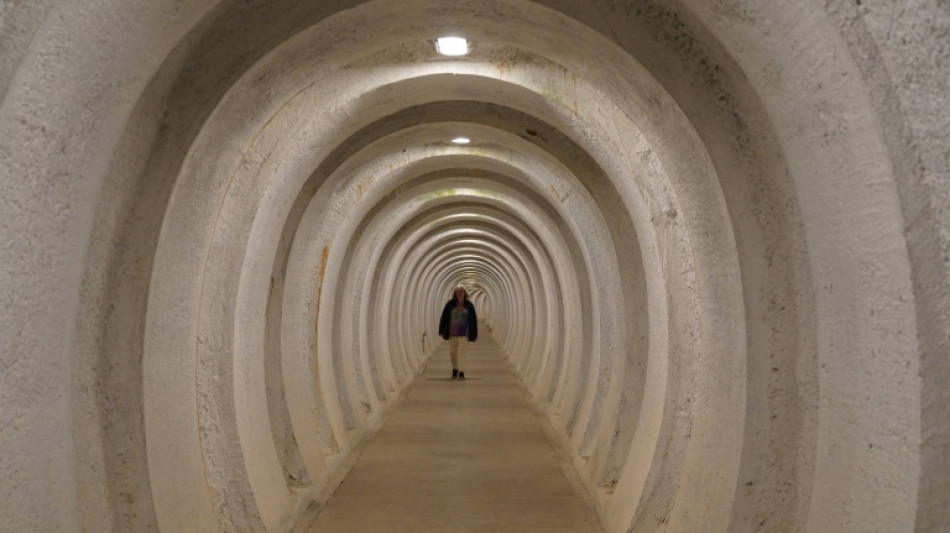
-
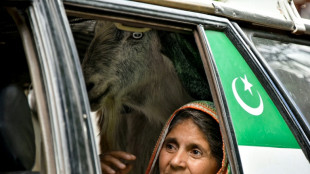 Pakistan's Kashmiris return to homes, but keep bunkers stocked
Pakistan's Kashmiris return to homes, but keep bunkers stocked
-
Postecoglou hopeful over Kulusevski injury ahead of Spurs' Europa final

-
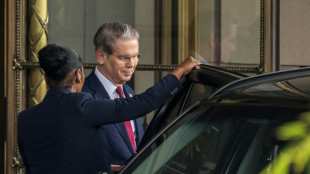 Washington hails 'substantive progress' after trade talks with China
Washington hails 'substantive progress' after trade talks with China
-
Barca edge Real Madrid in thriller to move to brink of Liga title

-
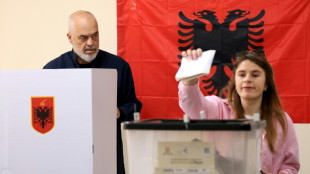 Albanians vote in election seen as key test of EU path
Albanians vote in election seen as key test of EU path
-
Forest owner Marinakis confronts Nuno after draw deals Champions League blow

-
 Dortmund thump Leverkusen to spoil Alonso's home farewell
Dortmund thump Leverkusen to spoil Alonso's home farewell
-
Pedersen sprints back into Giro pink after mountain goat incident

-
 Zverev cruises into Rome last 16, Sabalenka battles past Kenin
Zverev cruises into Rome last 16, Sabalenka battles past Kenin
-
Newcastle win top-five showdown with Chelsea, Forest held to damaging draw

-
 Iran says nuclear talks 'difficult but useful', US 'encouraged'
Iran says nuclear talks 'difficult but useful', US 'encouraged'
-
Zarco first home winner of French MotoGP since 1954

-
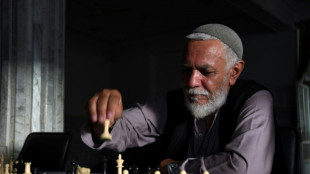 Taliban govt suspends chess in Afghanistan over gambling
Taliban govt suspends chess in Afghanistan over gambling
-
Eduan, Simbine shine at world relays

-
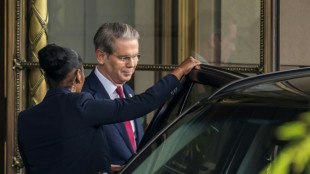 Washington 'optimistic' amid trade talks with China
Washington 'optimistic' amid trade talks with China
-
Tonali sinks 10-man Chelsea as Newcastle win top five showdown

-
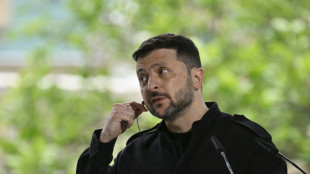 Ukraine says will meet Russia for talks if it agrees to ceasefire
Ukraine says will meet Russia for talks if it agrees to ceasefire
-
India's worst-hit border town sees people return after ceasefire
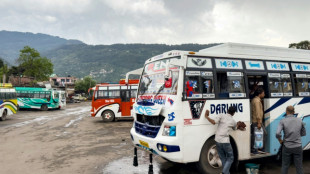
-
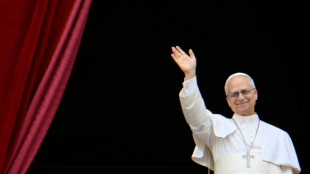 Pope Leo XIV warns of spectre of global war in first Sunday address
Pope Leo XIV warns of spectre of global war in first Sunday address
-
Ukraine says will meet Russia for talks if Moscow agrees to ceasefire
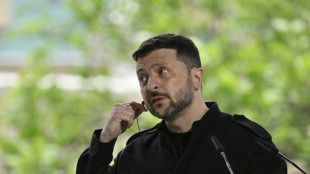
-
 Sabalenka battles past Kenin and into Rome last 16
Sabalenka battles past Kenin and into Rome last 16
-
Erdogan says efforts to end Ukraine war at 'turning point'
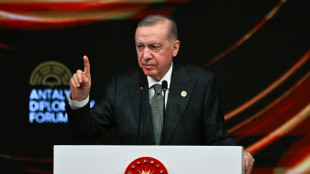
-
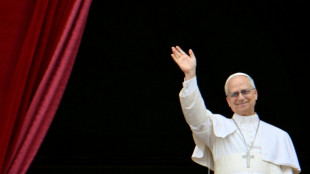 Pope Leo XIV calls for peace at St Peter's prayer
Pope Leo XIV calls for peace at St Peter's prayer
-
Ukraine will meet Russia for talks if Moscow agrees to ceasefire
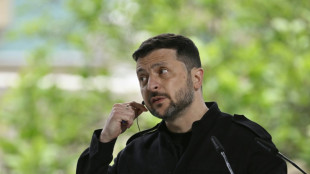
-
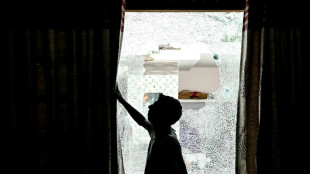 India, Pakistan ceasefire holds after early violations
India, Pakistan ceasefire holds after early violations
-
Herbert seals Asian Tour win with final-hole heroics

-
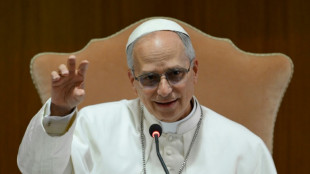 Catholics gather to catch glimpse of Pope Leo XIV at St Peter's prayer
Catholics gather to catch glimpse of Pope Leo XIV at St Peter's prayer
-
US-China talks resume as Trump hails 'total reset' in trade relations
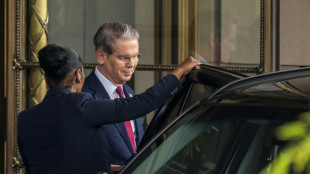
-
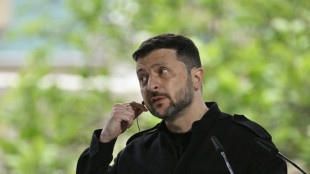 Ukraine ready for Russia truce talks, Zelensky says
Ukraine ready for Russia truce talks, Zelensky says
-
Jubilant Peruvians celebrate new pope at mass in adoptive city
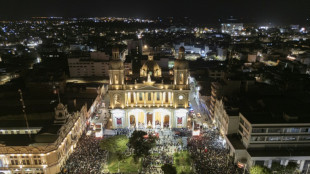
-
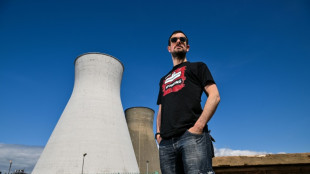 Scottish refinery closure spells trouble for green transition
Scottish refinery closure spells trouble for green transition
-
Convicted ex-Panama president Martinelli granted asylum in Colombia
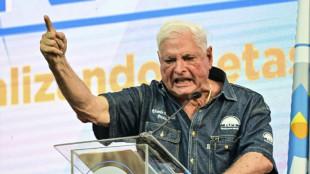
-
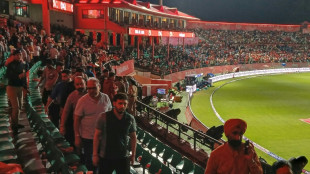 IPL chiefs in talks about restart following ceasefire: reports
IPL chiefs in talks about restart following ceasefire: reports
-
Navarrete beats Suarez on technical decision to keep title

-
 Scans clear Wallabies fly-half Lolesio of serious back injury
Scans clear Wallabies fly-half Lolesio of serious back injury
-
Leo XIV to address faithful with St Peter's prayer
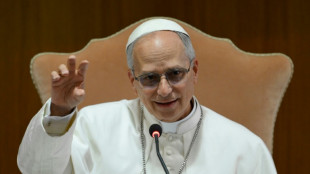
-
 T-Wolves grab 2-1 NBA playoff series lead as Celtics get key win
T-Wolves grab 2-1 NBA playoff series lead as Celtics get key win
-
Gaza war casts shadow over Cannes film festival
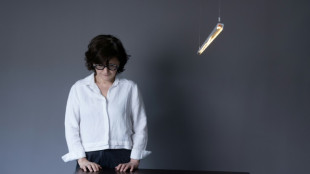
-
 'Treasure hunt': tourists boost sales at Japan's Don Quijote stores
'Treasure hunt': tourists boost sales at Japan's Don Quijote stores
-
Cannes Festival: the films in competition

-
 Cannes film festival: what to look out for
Cannes film festival: what to look out for
-
Jordan hospital treats war casualties from across Middle East
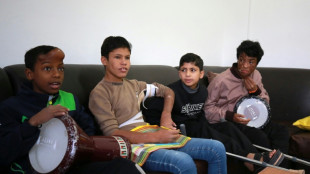
-
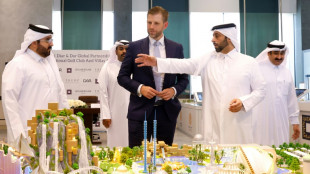 As Trump family's Gulf empire grows, rulers seek influence, arms, tech
As Trump family's Gulf empire grows, rulers seek influence, arms, tech
-
S. Korea conservatives choose presidential candidate after last-minute chaos
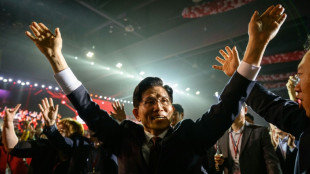
-
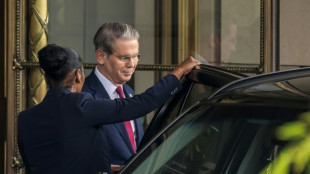 Trump hails 'total reset' in US-China trade relations as talks continue
Trump hails 'total reset' in US-China trade relations as talks continue
-
Film claims to name killer of slain journalist Shireen Abu Akleh

-
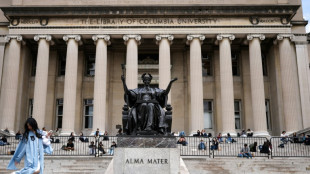 Under Trump pressure, Columbia University ends semester in turmoil
Under Trump pressure, Columbia University ends semester in turmoil
-
Putin proposes direct Ukraine talks but quiet on 30-day ceasefire
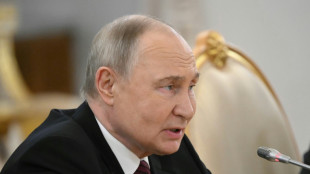
-
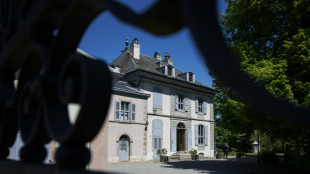 Trump hails US-China trade 'reset' after first day of talks
Trump hails US-China trade 'reset' after first day of talks
-
Jeeno leads Boutier by one at LPGA Americas Open


Cold War fears revisited in Danish nuclear bunker
Hidden deep in northern Denmark's Rold Forest, a sprawling top secret nuclear bunker is opening to the public for the first time, shedding light on daily life during the Cold War.
The underground shelter, where everything is still intact as in a time capsule, becomes a museum from Monday, amid revived fears in Europe of a nuclear conflict following Russia's invasion of Ukraine.
The bunker was built between 1963 and 1968 at NATO's insistence, following Soviet nuclear tests and the Cuban Missile Crisis.
Dubbed "Regan West", it was designed to house the Danish government and the sitting monarch in the event of nuclear war.
Nestled beneath trees, 60 metres (200 feet) under a chalk hill, it was meant to be "the last bastion" of democracy in Denmark, museum director Lars Christian Norbach told AFP.
Located almost 400 kilometres (250 miles) northwest of Copenhagen, the bunker was set up to house Danish authorities for 30 days.
"The H-bomb totally altered the situation about how you could react to a nuclear attack", museum curator and historian Bodil Frandsen told AFP.
"The bunkers you already had could in no way withstand the blast from that. So you had to do something new", she said.
The survival of the government in the event of a nuclear disaster was essential to the nation's sovereignty, she noted.
"As long as you could have a government here that could claim control of at least some part of the country, and you have a government still rooted in Denmark, then Denmark, as a sovereign democratic state, was still alive", Frandsen explained.
- ' Time capsule' -
Never used, the bunker was taken out of service in 2003 and first revealed to the world in 2012.
Walking through the long, arched corridors, visitors see the basic bedroom intended for the monarch, the cafeteria, the government conference room and 60s-style decor in a dimly-lit lounge.
"It's a time capsule of papers, pencils, everything is where it was left", Norbach said.
An exhibit also outlines the main events during the period, with everyday objects on display.
Museum visitors will walk two kilometres (1.2 miles) during the 90-minute tour, and still only see about 40 percent of it.
"This is a very important place in terms of showing younger people... how anxious people actually were during the Cold War," Frandsen said.
And now, heightened tensions between Russia and the West have made the topic all-too relevant again.
"The Cold War has gained actuality again, and that's what we are saying in the museum", Norbach added.
L.Durand--AMWN